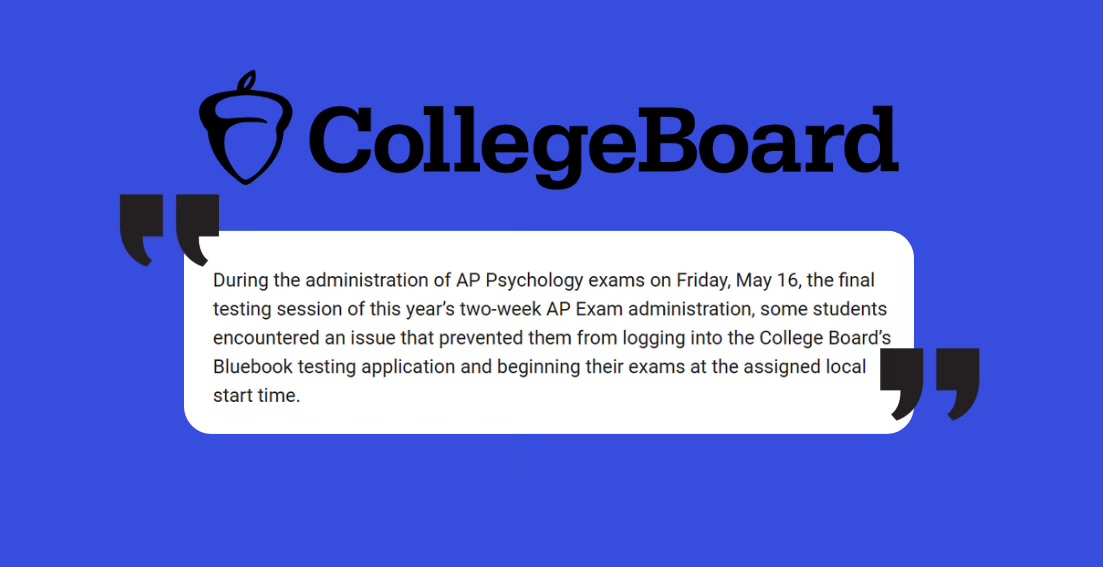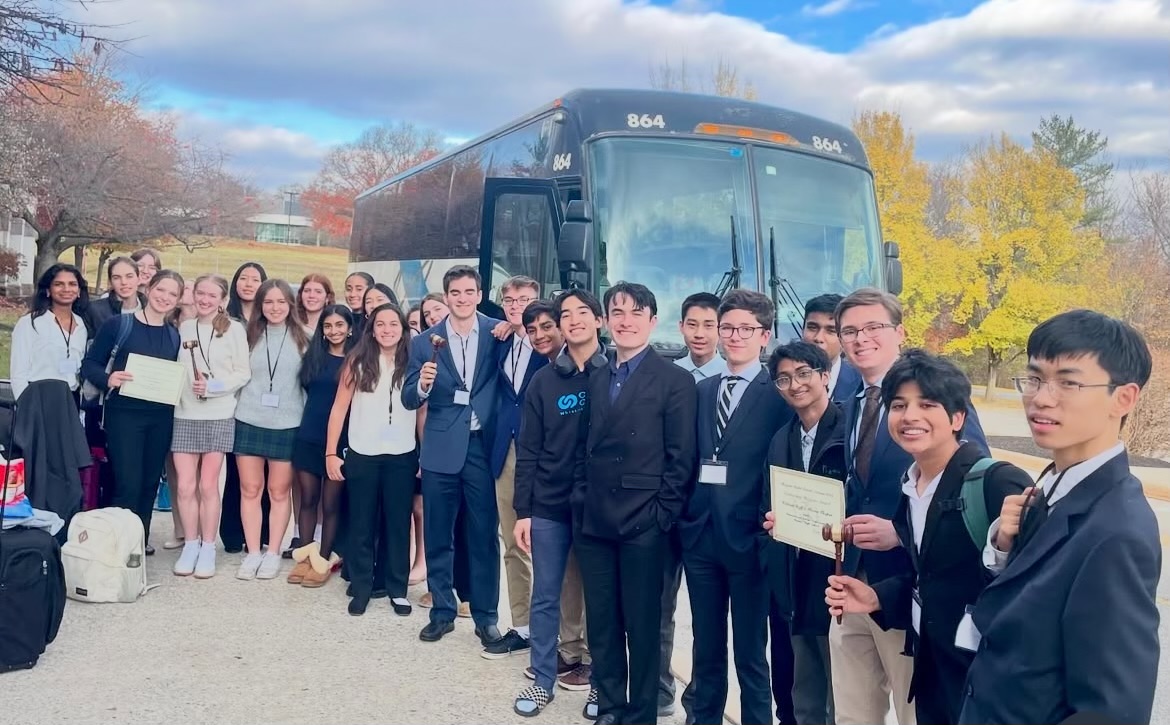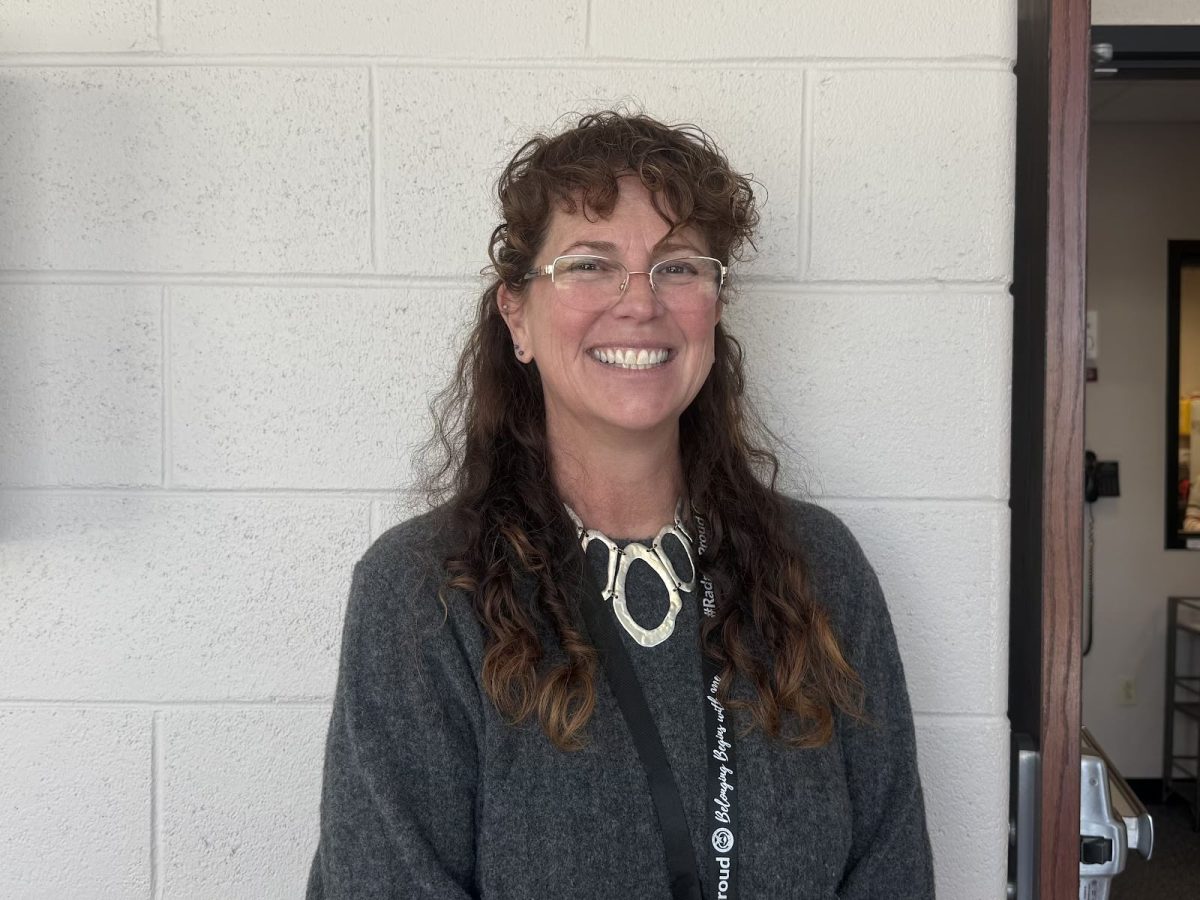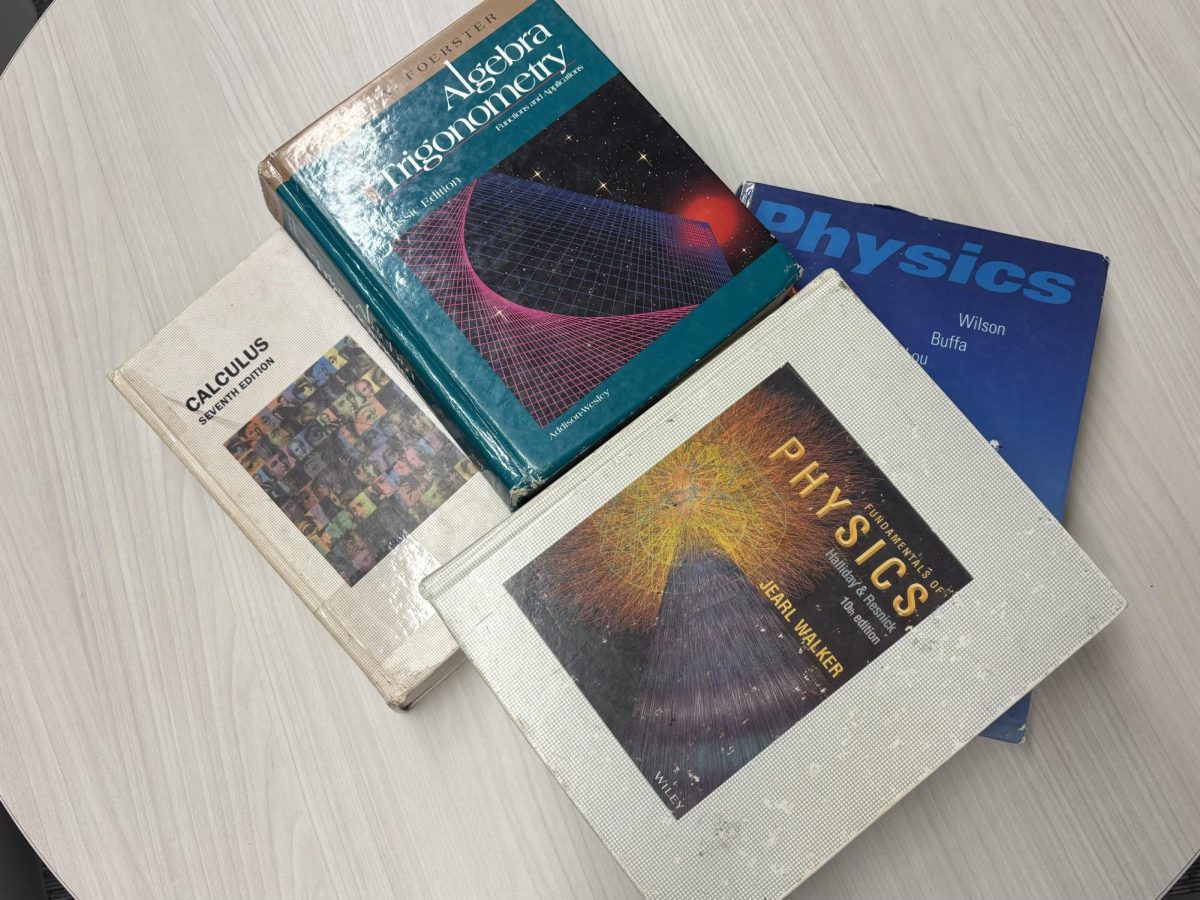
September is breezing by! We’re ushering in chilly weather, scattering leaves, and the start of a new school year. Amidst these changes, one important celebration stands out: National Hispanic Heritage Month. Running from September 15-October 15, this observance recognizes the contributions, influence, and impact of Hispanics while honoring their history and culture within the United States.
National Hispanic Heritage Month began as a week-long celebration in 1968 under President Lyndon B. Johnson, but it was stretched to a month by President Ronald Reagan in 1988. According to the National Museum of the American Latino, the timing of this month is perfect because it aligns with the independence days of many Latin American countries. “By aligning with these independence dates, Hispanic Heritage Month honors the resilience and determination of the Hispanic community.” Key independence days within the Hispanic Heritage Month include:
September 15th-Costa Rica, El Salvador, Guatemala, Honduras, and Nicaragua
September 16- Mexico
September 18th-Chile
September 21-Belize
So, why is Hispanic Heritage Month so important? Well, it gives us an opportunity to learn and celebrate the integral role the Hispanic/Latino community has played in enriching our democracy. It also ensures that the contributions of Latinos/ Latinas are recognized and that their voices are heard. As stated by the 2020 data from the US Census Bureau, one in every 4 children in the United States identify as Latino or Latina. Despite this growing demographic, recent studies from the Johns Hopkins Institute for Education Policy and Unidos US have found that Latino history is often excluded from high school textbooks that are utilized all over the United States. Additionally, NBC News shared that “If U.S. Latinos were an independent country, their gross domestic product would rank fifth in the world, surpassing those of the United Kingdom, India and France…” As our country continues to diversify, it’s becoming increasingly necessary for all citizens to not only understand, but equally value the involvement Latinos and Latinas have made throughout the years.
Now, how can Radnor honor Hispanic Heritage Month? At our school, the LatinX Club is actively participating by introducing Hispanic songs and artists to the morning news every Friday. This provides fun and enriching information on the singer as well as context on the music played. In the AP US and World History classes, students delve into some enlightening Latin American History. Finally, in the world language department, the Spanish teachers educate their pupils on Latin American history and notable Latinos!
As Hispanic Heritage Month unfolds, consider learning more about influential Latinos and Latinas or exploring the resources from the National Museum of the American Latino below:
Latino Culture: Discover the diverse Latino culture and its contributions to American society.
Latin Independence Days: Learn about the different Independence Days across Latin America and how they are celebrated and honored each year.
Latin Food: Explore Latino recipes and the special occasions they celebrate.
Famous Latinos: Read about famous Latinos and Latinas who have helped to shape the history and culture of the United States.
Latino Art: Discover Latino artists and their contributions to American culture through their creative works.
Hispanic Heritage Month Educational Resources: Find all the Hispanic Heritage Month resources you need to teach yourself and others about Hispanic heritage and culture.
So, be sure to tune into the morning news and viva la vidaaa!







